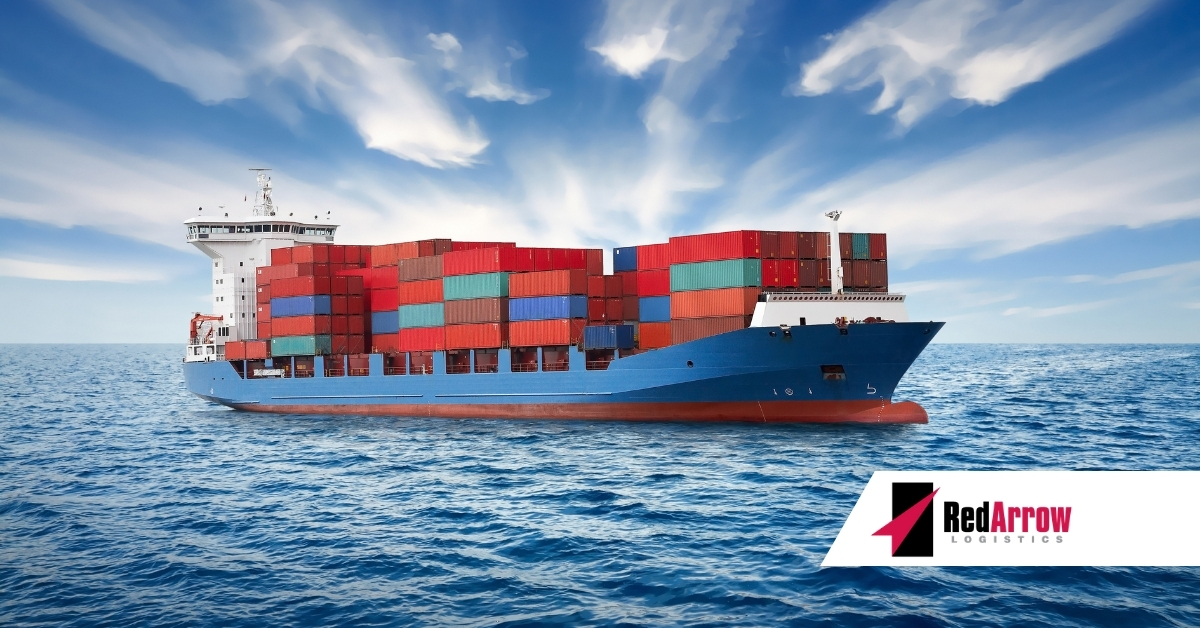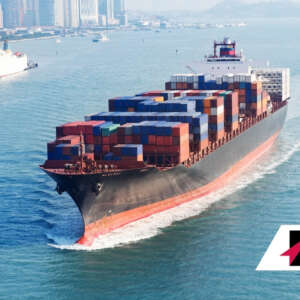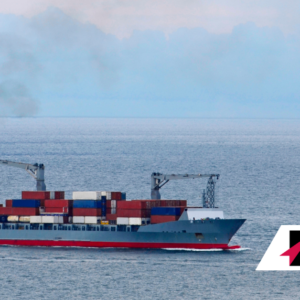As predicted, the outlook for the container shipping market remains strong for 2021. Indications are showing that there might not be relief anytime soon in terms of capacity restrictions. The ongoing COVID-19 pandemic, increase in e-commerce trade, and high spot rates mean there is a strong outlook for container shipping and that the shortage of containers on the transpacific eastbound lanes will not be alleviated for several months. The impacts from this have been seen in various areas of the transportation industry.
Container Shipping Momentum Continues
Container shipping shows no signs of slowing down. New data from eeSea’s Blank Sailings Tracker shows that shipping lines are scheduling very few blanked sailings for the first few months of 2021. Less than 2% of sailings are blank for February on the three main East/West liner trade routes. In comparison, February of last year had 20% blank sailings. March 2021 has less than 1% blank sailings scheduled, as compared to 9% for March 2020. Very few lines have announced any canceled sailings into the spring months either.
Simon Sundboell, CEO of eeSea, a supply chain intelligence company explains, “In the first half of last year, blank sailings were widely considered as a way of managing capacity during the COVID-19 crisis. This is now being blamed for the unanticipated increase in freight rates and delays across the supply chain.” He says that carriers are not holding back capacity to push up freight rates—there is just such a limited amount of capacity due to volume and other factors.
Usually, the slower time for container shipping starts now and lasts through April. Chinese New Year is typically a time of slower trade as China just about closes its ports for two weeks. This year will be completely different. Some in the industry expect that volume will remain high through the start of peak season in June. As a result, the containership market is sold out.
Container Line Contracts are Extended
The concern over tight capacity led several importers to extend contracts through 2022 at a higher rate in an effort to prevent having to go to the exorbitant rates in the spot market. Both container contract rates and spot rates are at an all-time high, and that still does not guarantee space. In January, the SCFI rate from Shanghai to the East Coast of South America went over $8,000 per TEU, which breaks records for this rate.
Some large importers agreed to these contract extensions with carriers by amending their contracts to expire in April 2022 at rates in the range of $2,500 per FEU vs. the original contract rates of $1,500 per FEU. Those shippers were able to avoid going to the premium market to try to get container space.
Port Workers are Impacted
The global pandemic has shown just how valuable container shipping and port workers are. The closing of certain ports when the pandemic first hit caused a backlog in shipping. Since then, port workers have had to work more to meet the demand. The increase in volume, congestion at ports (particularly on the U.S. West Coast), as well as the need for coronavirus precautions have made for slower cargo unloading and re-loading.
When Will the Container Shortage End?
With the latter part of 2020 exceeding shipping expectations, containers continue to be at a premium throughout the supply chain. Exporters in the U.S. are having a hard time booking containers as carriers are sending empty containers back to Asia to pick up higher-paying imports faster than waiting to carry low-value exports.
The situation has become so extreme that smaller Asian ports may not receive shipments for awhile. The container imbalance will not return to equality until the volume of U.S. imports slows down.
However, recent data from the last week of January shows that perhaps the shortage might be easing ever so slightly. The Container Availability Index shows that the Container xChange should remain between 0.35 and 0.38 through the Chinese Lunar New Year in mid-February. A reading of 0.5 indicates a balanced market. As a reference, levels reached lows of 0.06 to 0.13 in December.
While this indicates that the container shortage might not get worse for these lanes in February, there is no guarantee that those levels will not dip again, depending on what happens with the global pandemic in the next few months as well as consumers’ propensity to purchase more goods online.
Your Trusted Partner
At Red Arrow Logistics, we provide expertise and white glove customer service with fast-growing, complex, and high-value supply chains. As the next-generation model of logistics companies, we offer tailored transportation and logistics solutions to meet your international shipping needs. We are an NVOCC, OTI license holder, and an IATA freight forwarder. We have partnerships in over 150 countries to handle all of your required needs.
Red Arrow Logistics offers the scale and scope to handle your air, ocean, imports, and exports. No shipment is too large or too small. If we can be of assistance, please email us at international@redarrowlogistics.com or give us a call at 425-747-7914.





